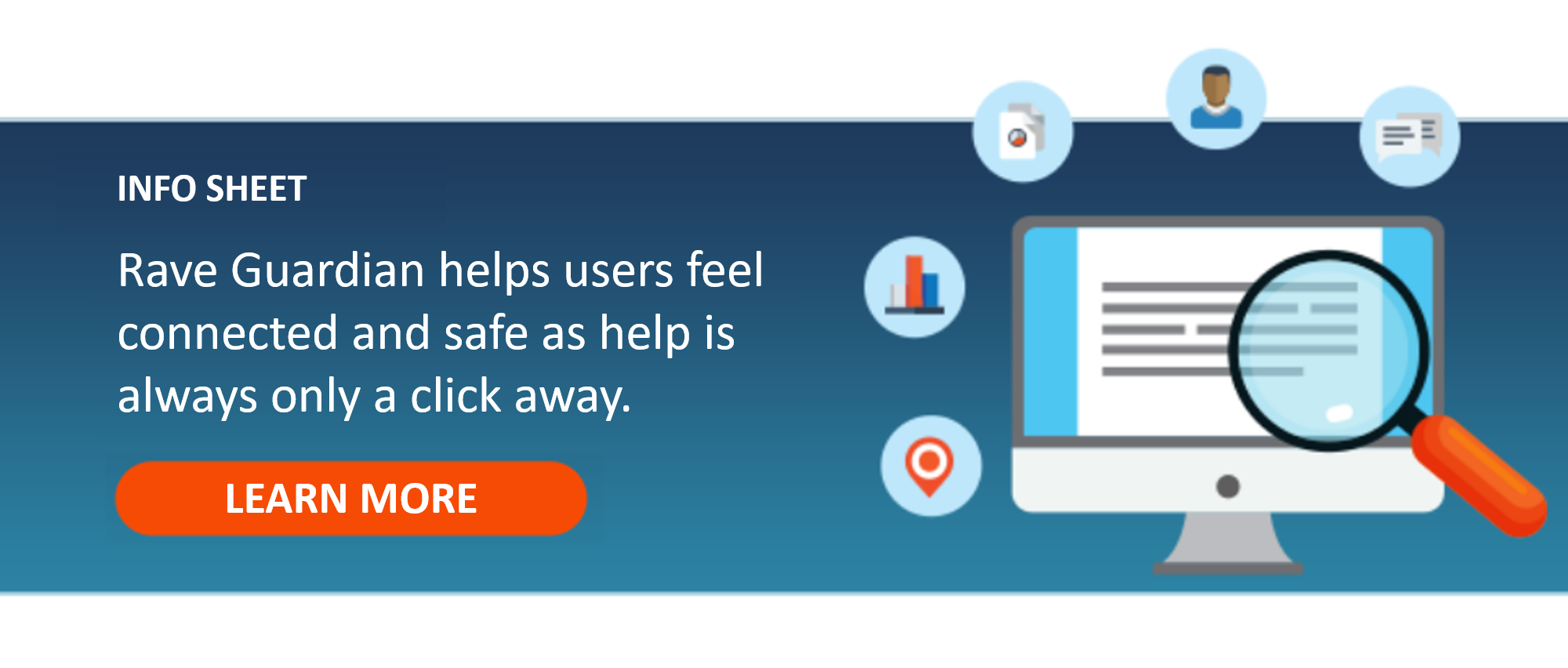Comment préparer au mieux les étudiants à un retour à la vie sur le campus ?
There are still multiple unknowns about how the fall semester will pan out in the country’s colleges and universities. Will student vaccinations be mandated? Will the option exist to take classes remotely? Will it be necessary to wear a mask on-campus? Or in class? What other COVID-mitigation measures will be implemented?
With three months to go until the start of the fall semester, many colleges and universities are doing a good job at communicating whether student vaccinations will be mandated and whether the option exists to take classes remotely. Other COVID-mitigation measures such as masks, social distancing, testing, and contact tracing are mostly still under consideration.
However, for many students, these are not the only concerns they have about the return to student life. The transition from in-person to remote learning was mentally tough for many students. Transitioning back – or to a hybrid model of learning – may be equally tough. And what if there is another wave of COVID-19 resulting in more quarantining and remote learning? What then?
With regards to student mental health, many colleges and universities increased mental health services last year in response to potentially inaccurate surveys suggesting student mental health is deteriorating. However, conflicting reports claim issues exist with accessing services or that students are not trying to access services at all, while some advocate a proactive “help everybody cope” approach would be better than providing services unsuitable for students with self-stigma issues.
Key Considerations for Student Communications
While many colleges and universities are doing a good job at communicating in advance what COVID mitigation strategies they will be adopting for the fall semester, concerns exist about how they might communicate short-notice policy changes in the event of COVID outbreaks and the need for students to quarantine or attend classes remotely.
In most cases, colleges and universities communicate such information via a website, email, or intranet. However, as our Higher Ed Mass Notification Survey explains, Gen Z students are three times more likely to open a chat message through a push notification than they are to open an email. Yet 62% of respondents to our survey don’t provide safety apps for campus populations.
Although many colleges and universities can use existing emergency text alerts systems with SMS capabilities to attract the attention of Gen Z students, SMS text messages have their limitations with regards to how much information they can communicate and the five Ws of communication – Why, Who, What, Where, and When:
- Why is this communication necessary? (Too many communications of the same nature can lead to message fatigue).
- What is this communication aiming to achieve? (While 160 characters may be enough for emergency alerts, more characters may be required)
- Who is this communication targeted at? (Not all short-notice policy changes or quarantine instructions need to be sent to everybody)
- Where is more information available? (In many scenarios, students will have questions and it is important they have a credible source to find answers)
- When do these changes apply? (Different dates may apply to different changes depending on the course being studied and whether students are on-campus or off-campus)
How Can School Leaders Help?
In the past year, the higher education sector has seen unprecedented chaos. From COVID-19 outbreaks to navigating remote learning and more, school leaders have had to get creative with their solutions. As infection rates decline and more students get vaccinated, many schools are planning to fully reopen. With this, comes the responsibility of getting prepared for all possible emergencies.
Campus safety apps such as Rave Guardian, Rave Panic Button, Rave Alert, and Rave Collaborate help students prepare for a return to student life by acting as a repository for policies and procedures so they are always at their fingertips when changes occur. The apps can be used as a virtual escort when students are traveling alone and configured for students to send anonymous text tips relating to breaches of COVID mitigation strategies or to alert authorities to peers who are displaying symptoms of a mental health illness.
In addition to being able to push through more information (typically push notifications have a 10,000-character limit), when campus safety apps are integrated with emergency text alert systems, they provide colleges and universities with a unified communication system that supports database segmentation, geolocation messaging, SMS opt-in, and more.
This means push notifications are sent to students for whom they are relevant, to students in a specific location (either already in the location or when they enter it), and to students who have concerns they might not receive a text message due to a poor cell reception. It is also the case colleges and universities can conduct automated polls through the apps.
Further Benefits of a Campus Safety App
Automated polling is particularly relevant for adopting the proactive “help everybody cope” approach as they enable colleges and universities to send daily wellness checks in a Q&A format that can help determine who may be struggling with their mental health and what the reason may be – thus facilitating a more appropriate response from a mental health service.
Upon the press of any of the five emergency buttons, a preset notification is sent to all necessary on-site staff and safety personnel making emergency communication more efficient. That same notification is received by 9-1-1, plus additional details about the location of the incident, facility data, and more. This aids first responders before arriving on scene to determine next steps and greatest areas of need. Rave Panic Button works for app, landline and mobile activations for a true 9-1-1 integration, allowing 9-1-1 to communicate back when the “All Clear” has been confirmed.
Dynamic task management ensures all key resources can be easily found and implemented when the unimaginable occurs. Staff can quickly see what needs to be done, make appropriate response decisions, and account for their actions.
Safeguard, connect, and engage your community so they’ll be prepared and become empowered about their safety. A year of uncertainties means that prioritizing safety is more important now than ever. 




